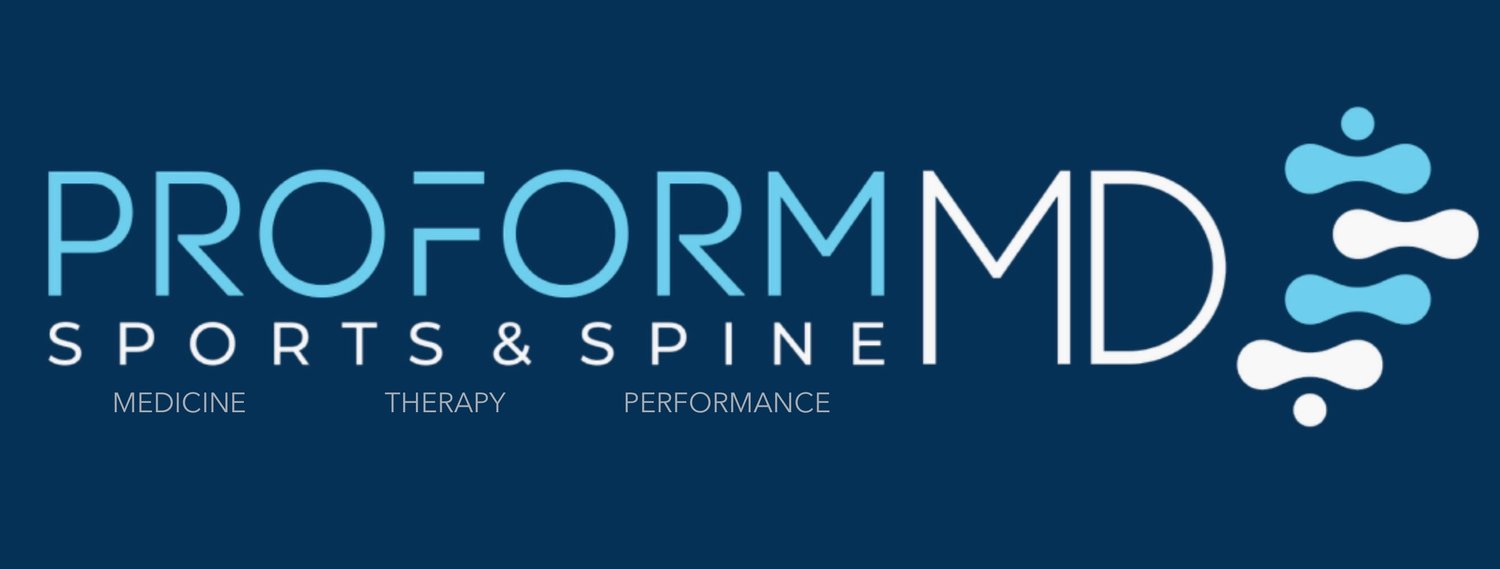Title: Understanding Scoliosis: Causes, Symptoms, and Treatment Options
Introduction:
Welcome to our comprehensive guide on scoliosis, a common spinal condition characterized by abnormal curvature of the spine. In this article, we’ll delve into the causes, symptoms, diagnosis, and various treatment options available for managing scoliosis, providing valuable insights for those seeking information about this prevalent musculoskeletal disorder.
What is Scoliosis?
Scoliosis is a lateral curvature of the spine that typically occurs during growth spurts before puberty. While most cases of scoliosis are mild, some may progress and lead to significant curvature, causing discomfort, pain, and impaired function.
Causes of Scoliosis:
1. Idiopathic: The majority of scoliosis cases are idiopathic, meaning the cause is unknown. Idiopathic scoliosis often develops during adolescence and is more common in females than males.
2. Congenital: Some individuals are born with scoliosis due to abnormalities in spinal development during gestation.
3. Neuromuscular: Conditions such as cerebral palsy, muscular dystrophy, or spinal cord injury can cause muscle imbalances and lead to scoliosis.
4. Degenerative: Scoliosis can develop later in life due to degenerative changes in the spine, such as arthritis or disc degeneration.
Symptoms of Scoliosis:
1. Uneven Shoulders or Hips: One shoulder or hip may appear higher than the other, indicating asymmetry in spinal alignment.
2. Uneven Waistline: The waistline may appear uneven when viewed from the front or back due to spinal curvature.
3. Visible Spinal Curve: A visible curvature of the spine may be noticeable when bending forward, known as Adams forward bend test.
4. Back Pain: Some individuals with scoliosis may experience back pain, particularly as the curvature progresses and places increased stress on the spine and surrounding muscles.
Diagnosis:
Diagnosing scoliosis typically involves a physical examination, including observation of the spine’s curvature, measurement of trunk asymmetry, and assessment of range of motion. X-rays may be ordered to confirm the presence and severity of scoliosis and determine the best course of treatment.
Treatment Options:
1. Observation: In mild cases of scoliosis, especially in children who are still growing, observation may be recommended to monitor the progression of the curvature over time.
2. Bracing: For adolescents with moderate scoliosis curvature, bracing may be prescribed to prevent further progression and maintain spinal alignment during growth spurts.
3. Physical Therapy: Targeted exercises and stretches prescribed by a physical therapist can help improve muscle strength, flexibility, and posture to support the spine and alleviate discomfort.
4. Surgical Intervention: In severe cases of scoliosis or when conservative treatments fail to halt progression, surgery may be recommended to straighten and stabilize the spine using rods, screws, and bone grafts.
Conclusion:
Scoliosis is a common spinal condition that can affect individuals of all ages, from children to adults. By understanding the causes, symptoms, and treatment options outlined in this guide, individuals can take proactive steps to manage their scoliosis effectively and improve their quality of life.
Citations:
1. Mayo Clinic. (2022). Scoliosis. Retrieved from https://www.mayoclinic.org/diseases-conditions/scoliosis/symptoms-causes/syc-20350716
2. National Institute of Arthritis and Musculoskeletal and Skin Diseases. (2022). Scoliosis. Retrieved from https://www.niams.nih.gov/health-topics/scoliosis
3. American Academy of Orthopaedic Surgeons. (2022). Scoliosis. Retrieved from https://orthoinfo.aaos.org/en/diseases–conditions/scoliosis
This content is optimized to provide valuable information on scoliosis while ensuring visibility to those seeking relevant resources online.

